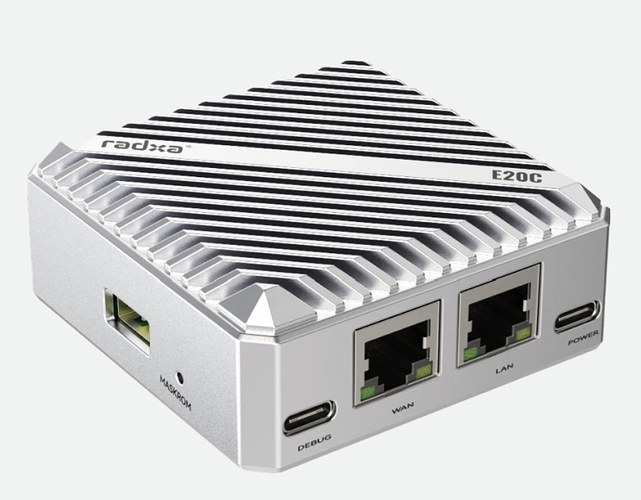Thank you all for your responses, in this short and unlucky experience with radxa rock 5b I realized that probably all I want is my money back, I don’t agree that radxa offers something similar/better of raspberry, the main obstacle at the beginning, since there are no official kits is: what I need to buy to have a working solution?
And now I discover I still miss an important component to diagnose my board, UART cable.
I’m not a kind of person who surrenders immediately, in my digital adventures I also used gentoo linux for 4 years, contributing also to its documentation, but with gentoo, even with small/big issues, community and documentation will be there to make me solve it.
If from the reseller I can give all back, I will do it, I think is better for me to search for a device needs less work/time/patience to make it work, sold by amazon, which is better than other niche resellers for niche products, just to let you know, after issue email sent, 13 days ago, I’m still waiting for response.
My point is not that this community lacks something, for what I saw you have a lot of knowledge and will to help, the problem comes with material things: defective hardware, money, accessories, and I realized that I cannot count on resellers/producers in a decent way in this part of the planet.
This would be better also for you, because you will miss a unhappy member of community, and I really hope the information you gave to me may be useful for someone else.
Obviously if they decide to not refund me, I will need to try the uart cable in order to solve this.



